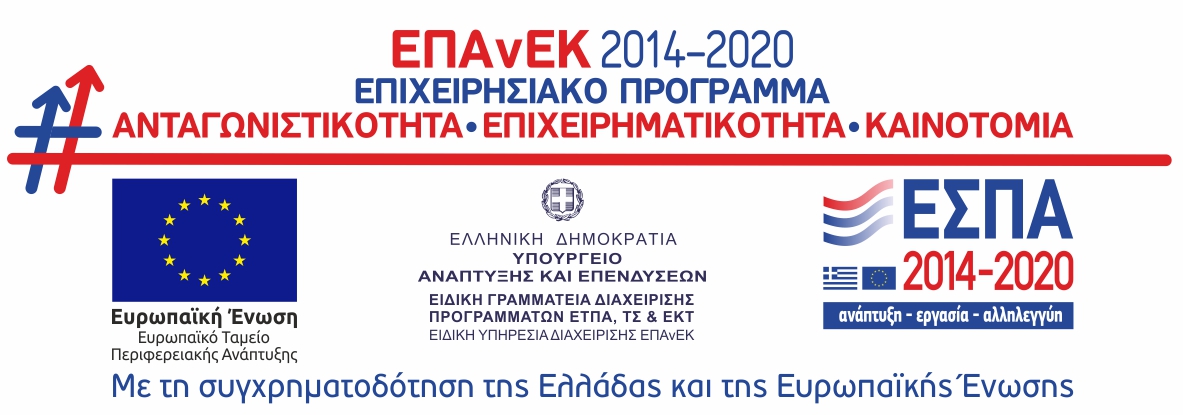Despite globalization, culture in an ELT context is still very often seen as static and essentialist. English is very often associated with a particular country and its accompanying cultural practices (e.g. afternoon tea presented as a typical trait of British life).
There are multiple problems with such an approach: 1) it doesn’t reflect the reality of contemporary society, 2) it treats culture input with a capital C, as content to be learnt and/or behaviour to be absorbed and even adopted.
It is preferable to think of cultural input in the ELT classroom as having a small c, as being not about content but communication. It is about getting learners to understand the growing complexity of real-life encounters in today’s globalized world. As such, it should be regarded as a reflective process.
Such an approach lies at the heart of global competence, which has been defined by the OECD as the capacity to:
1) Analyse global and intercultural issues critically and from multiple perspectives
2) Understand how differences affect perceptions, judgments, and ideas of self and others
3) Engage in open, appropriate and effective interactions with others from different backgrounds on the basis of a shared respect for human dignity.
The OECD has now put the topic firmly on the agenda by including it as part of the PISA 2018 Assessment program, meaning that 15-year-old students in around 80 countries may well soon need to engage with what it takes to be globally competent.
Importantly, knowledge and understanding of global issues is just one part of global competence. The other aspects, perhaps more crucially, are the development of skills (such as critical thinking and empathy) and attitudes (such as openness and respect). It’s not therefore the “what” of culture – after all, this can be easily accessed online – but the “why” that lies at the heart of global competence. For example, it is about appreciating the reasons for differences, critiquing stereotypes and questioning ready-made meanings.
Encompassing all this, is the fundamental need to appreciate different ideas, perspectives and values – particularly the valuing of human dignity and cultural diversity.
The next posts will offer practical suggestions for incorporating global competence in classroom activities but, as a starting point, here is an example of a series of texts and images which I think sum up the concept very well.
A few years ago, the Guardian newspaper published a photo reportage called “Born Everywhere, Raised in Britain” . It focused on the lives of 193 children who left their countries of birth to make a new life with their families in the UK. For example, 15-year-old Dickerson from Madagascar says: “I miss the freedom that the children have because they can just play outside and the parents don’t really worry that much, whereas here there is a lot of worrying going on”.
Born everywhere, raised in Britain: Photo report. UK News | The Guardian (2008).
I thought these children’s reflections could provide an excellent resource and easily encourage empathy and global-mindedness, which is why I used a selection of the images and texts when writing the English Unlimited Advanced coursebook. The text also sums up another excellent definition of culture and one that it is good to adhere in the ELT classroom: “Every learner has a distinct story to tell, and teaching culture is about constructing and hearing these stories” (Patrick Moran, 2001).
You can watch Ben Goldstein cover this topic in more detail during a webinar he did for CUP last year: The Globalised Classroom – helping teenage learners become global citizens.

Ben Goldstein, author of Eyes Open and Uncover, looks at the basics when it comes to global competence and teenage learners – what actually is it and why is it important to develop it? Later in this series, Ben will also provide practical activities for teachers to do in the classroom.











